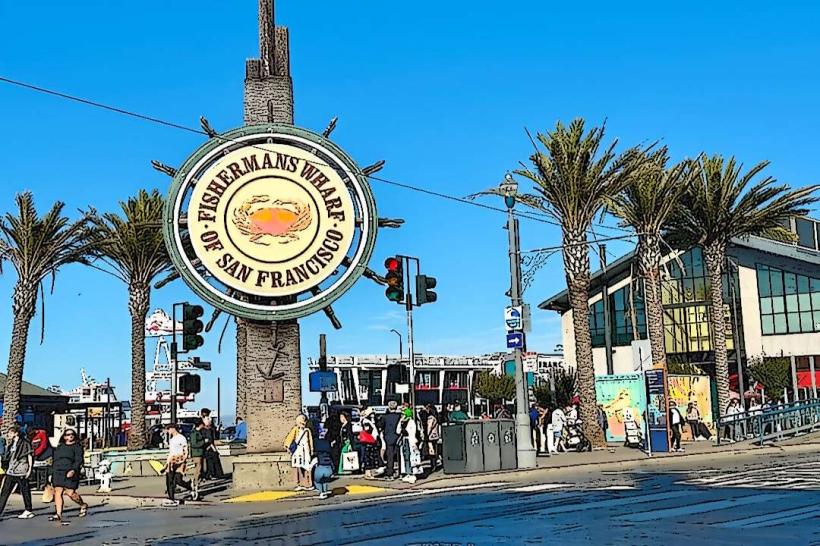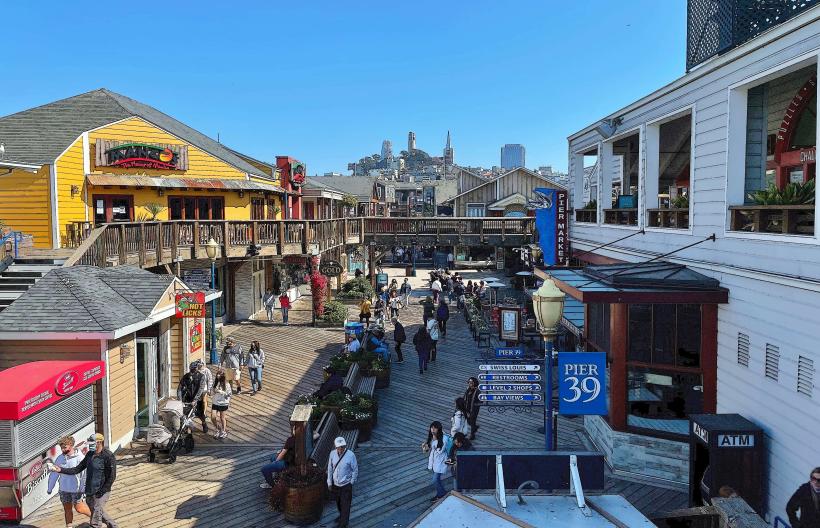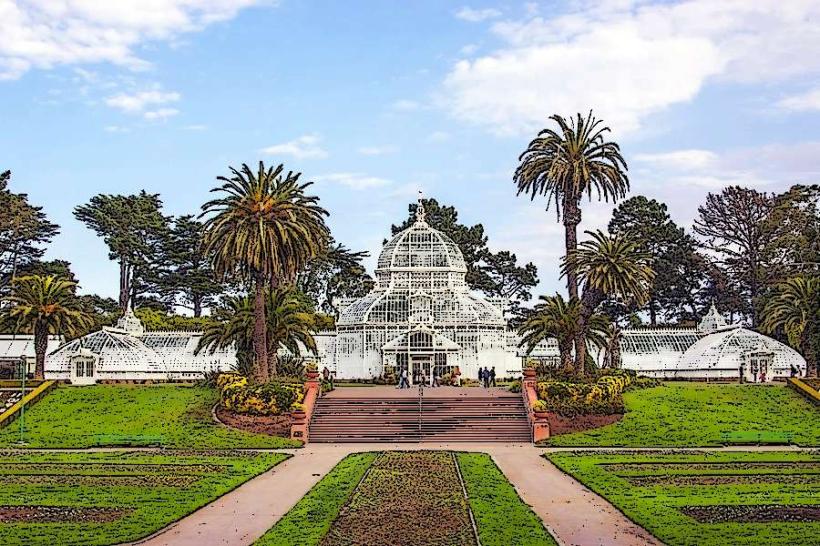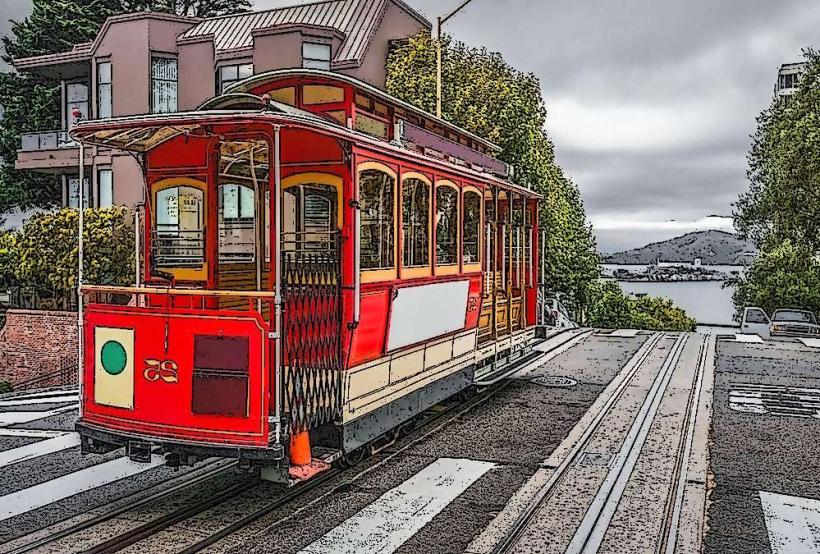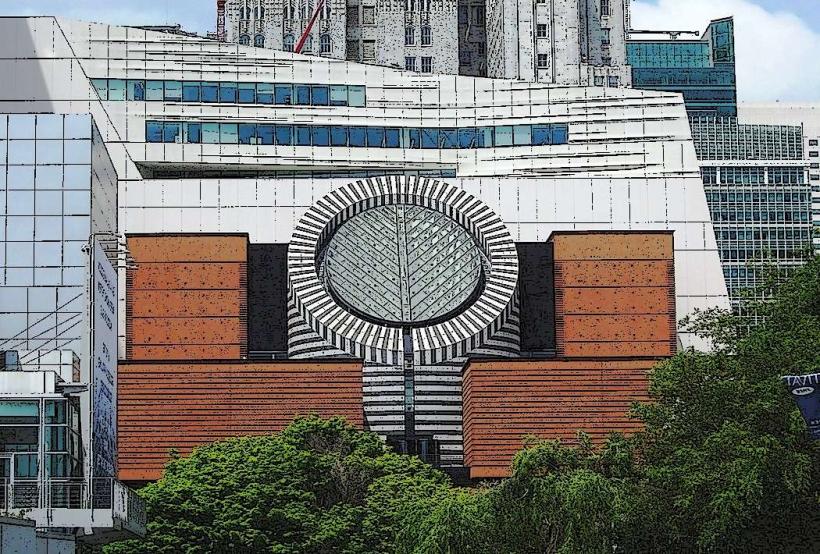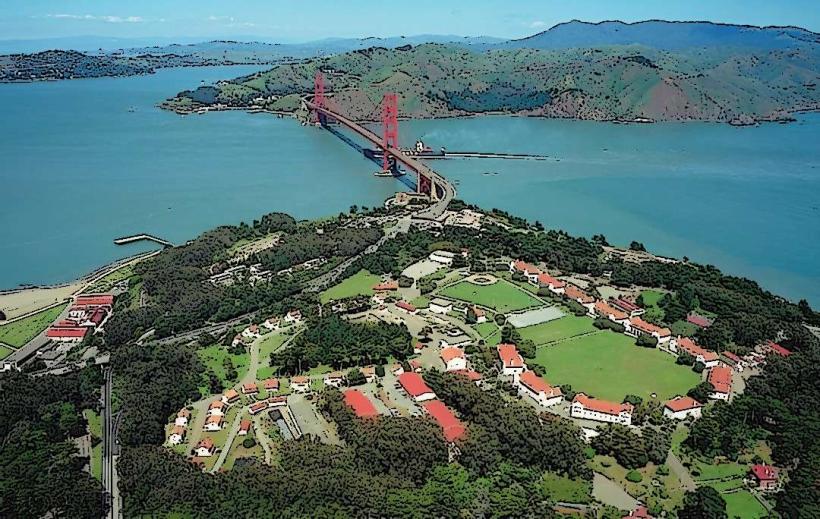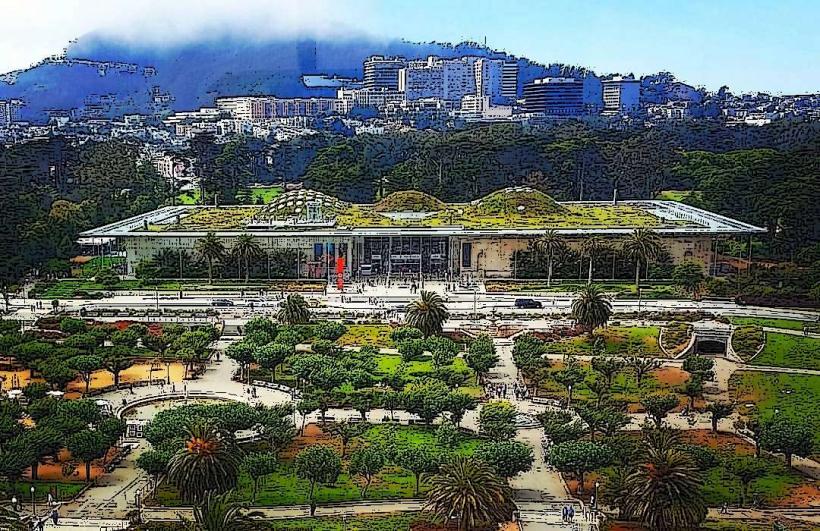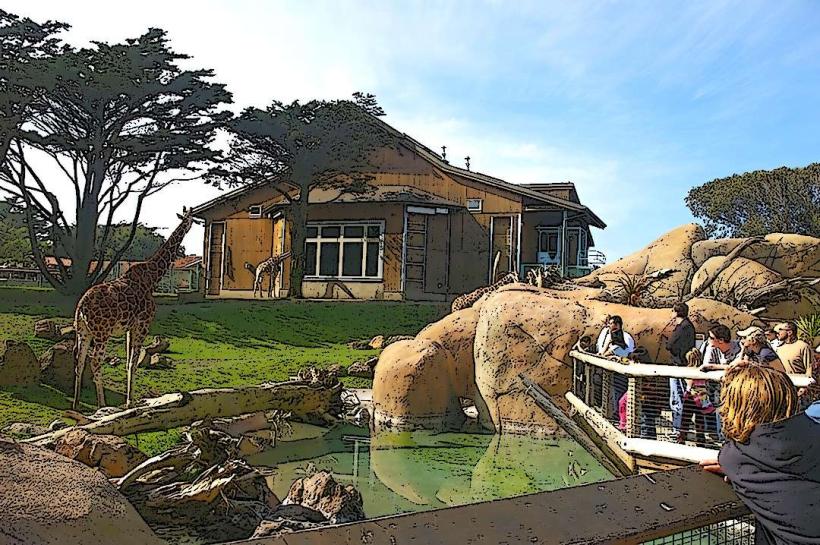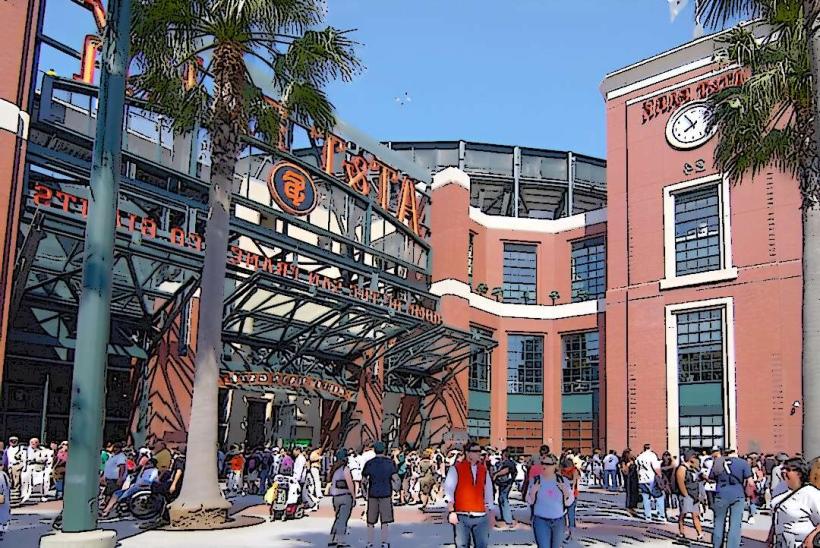Information
Landmark: ExploratoriumCity: San Francisco
Country: USA California
Continent: North America
Exploratorium, San Francisco, USA California, North America
The Exploratorium is a renowned museum of science, technology, and arts located in San Francisco, California. It offers a unique, hands-on learning experience that encourages visitors of all ages to explore and experiment with scientific concepts in an interactive environment. The museum is famous for its innovative exhibits and engaging learning opportunities that make complex topics accessible and fun for everyone.
History and Founding
Founded in 1969: The Exploratorium was founded by Frank Oppenheimer, a physicist and educator, who was deeply committed to promoting interactive learning and hands-on exploration. Oppenheimer’s vision was to create a museum where visitors could experience science firsthand, rather than simply viewing exhibits passively.
Mission: The Exploratorium’s mission has always been to inspire curiosity and promote learning through exploration and discovery. It aims to make science, art, and human perception accessible and engaging by creating interactive exhibits that foster a deeper understanding of the world around us.
Location: Originally located in a small building in Golden Gate Park, the Exploratorium moved to its current location in Pier 15 along the San Francisco waterfront in 2013. This new location allows the museum to expand its exhibits and create an even more engaging space for visitors.
Exhibits and Attractions
Hands-On Exhibits: The Exploratorium is best known for its hands-on exhibits, which cover a wide range of scientific and artistic concepts. The museum offers more than 600 exhibits in areas such as physics, biology, chemistry, perception, and the environment. Visitors can engage with exhibits, experiment with materials, and interact with displays to learn how things work in a fun, experimental setting.
Key Exhibit Areas:
Human Phenomena: This section explores the science behind how we perceive the world, focusing on concepts like vision, hearing, touch, and human behavior. It includes exhibits on optical illusions, sound perception, and the psychology of perception.
Tactile Dome: One of the museum's signature experiences, the Tactile Dome is a dark, maze-like environment that visitors navigate using only their sense of touch. The experience encourages exploration of spatial awareness and perception in a completely tactile way.
Physics and Engineering: The museum features numerous exhibits on the principles of physics, including the behavior of light, sound, motion, and forces. There are also exhibits on engineering concepts, such as building and testing simple machines.
Biology and the Natural World: These exhibits focus on the life sciences, exploring topics such as plant biology, human health, and ecosystems. Visitors can learn about the human body, cells, animal behavior, and more.
Art and Perception: The Exploratorium also emphasizes the intersection of art and science. Some exhibits are dedicated to how art affects perception, how light and shadow work, and how visual experiences can be shaped by scientific principles.
Seasonal and Rotating Exhibits: The museum hosts temporary exhibits and special programs throughout the year. These rotating exhibits often focus on emerging scientific concepts, current research, or significant cultural events. Some past exhibits have included topics such as space exploration, climate change, and robotics.
Educational Programs
Workshops and Activities: In addition to its exhibits, the Exploratorium offers a variety of educational programs and workshops for visitors of all ages. These programs focus on providing deeper, hands-on learning experiences and include topics like science demonstrations, maker workshops, and art installations.
School Programs: The Exploratorium is also deeply involved in education at the K-12 level, offering field trips, teacher training programs, and curriculum resources that align with science standards. These programs aim to help students develop critical thinking skills and a passion for learning.
Public Events: The museum regularly hosts public programs, including lectures, performances, demonstrations, and special events. These events feature notable scientists, artists, and thinkers, providing visitors with the opportunity to learn from experts in various fields.
Design and Architecture
Pier 15 Location: The Exploratorium’s move to Pier 15 has allowed the museum to expand significantly and to integrate more interactive spaces, including outdoor exhibits. The building itself is an architectural marvel, with sleek, modern design elements that complement the museum’s mission of blending science and art.
Indoor and Outdoor Spaces: The museum includes both indoor exhibit spaces and outdoor areas that offer interactive installations related to the environment and physics. Outdoor exhibits take advantage of the museum's waterfront location, and visitors can explore installations on the Embarcadero while enjoying views of the Bay Bridge and San Francisco Bay.
Sustainability: The Exploratorium is committed to sustainable design and practices. The museum’s energy-efficient building uses natural light extensively, and there are installations that highlight topics related to environmental science and sustainability, such as the effects of climate change and renewable energy.
The Tactile Dome
One of the Exploratorium’s most popular and unique features is the Tactile Dome, a dark, maze-like experience where visitors use only their sense of touch to navigate through different environments. This exhibit encourages people to step outside of their usual senses and explore how they perceive the world in the dark. The Tactile Dome is often described as a memorable, sensory adventure and is a favorite among visitors.
Accessibility and Visitor Experience
Accessibility: The Exploratorium is designed to be accessible to all visitors. The museum offers wheelchair access, as well as programs and accommodations for those with hearing, vision, or mobility challenges. Many exhibits are designed to be visually engaging, and the museum works to ensure that everyone can participate in the learning experience.
Visitor Amenities: The museum offers interactive displays, a café, and a gift shop with a range of educational toys, books, and science-related merchandise. There are also seating areas where visitors can take a break and reflect on what they’ve learned.
Conclusion
The Exploratorium is an innovative and dynamic institution that has redefined how people engage with science, technology, and art. Its hands-on approach to learning and its emphasis on interactive exhibits make it a one-of-a-kind destination for anyone interested in exploration and discovery. Whether you’re a child or an adult, the Exploratorium provides an engaging and educational experience that encourages curiosity, experimentation, and creative thinking, making it a must-visit attraction in San Francisco.



